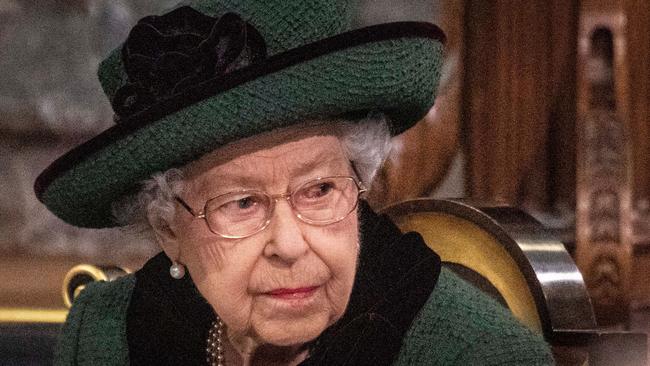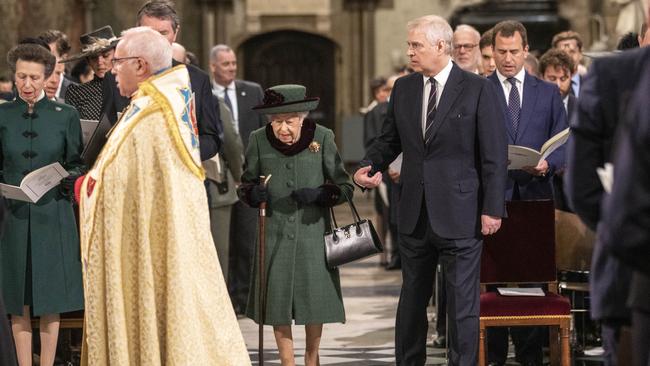Probe launched after secret security details leaked in Queen’s death plan
The UK wants to know how a security plan, drafted in response to previous leaks of ‘Operation LONDON BRIDGE’, was itself leaked.
Royals
Don't miss out on the headlines from Royals. Followed categories will be added to My News.
An urgent inquiry has been launched after the Welsh government accidentally leaked top-secret “Operation London Bridge” security procedures to be enacted following the Queen’s death.
As the British monarch prepares to celebrate her 96th birthday, authorities began investigating how a civil servant emailed the classified security pamphlet to an unidentified member of the public.
The leak was confirmed by Welsh government spokesman Dr Andrew Goodall, who said in a statement that the email did not contain any “operational information”.
“It was marked ‘official sensitive’ and should not have been shared,” he told the BBC.
“We take the issue of information and data security very seriously and this is now being investigated as a potential security breach.”

The leak included a letter from a top UK civil servant concerned about how the private details of “Operation London Bridge” were published by the US news website POLITICO in September last year.
The internal documents revealed the granular detail of official protocols to be followed once the Queen dies, including a call alerting the prime minister that “London Bridge is down”.
Fears for the Queen’s health have increased amid a battle with Covid and decreased mobility, with the palace reducing her schedule ahead of Platinum Jubilee celebrations.
After the details for Operation London Bridge were published last year, the UK official wrote to colleagues to express concern about the leak.
In response, another civil servant requested “bespoke guidance” be drawn up for security and shared within the government, BBC reported.
That security guidance was circulated outside the government by the Welsh official, leading to the second official investigation of leaked London Bridge details.

The Cabinet Office launched an investigation into the initial breach last year following the publication of the full documents. Parts of the plan were drafted as far back as the 1960s, but they have since been updated and adjusted to reflect the modern era and the Queen’s health.
In the latest iteration, the D-Day of “Operation LONDON BRIDGE” will be followed by “Operation SPRING TIDE” for the ascension of Prince Charles to the King of England.
The plan outlines “D-Day” followed by 10 days of formalities that would end with her state funeral at Westminster Abbey.
On D-Day itself, the Queen’s death would trigger a “call cascade” starting with the prime minister, currently, Boris Johnson, followed by the cabinet secretary and senior ministers.
The death would be announced via a newsflash on the Press Association wire. Flags would be lowered to half-mast within 10 minutes of official notification. UK parliament would be adjourned or recalled, depending on the timing. Gun salutes would take place ahead of a minute’s silence.
The prime minister would hold an audience with King Charles before the new monarch delivers an address to the nation.
Subsequent days, titled D-Day+1, D-Day+2, etc., lay out the ceremonies and formalities to recognise the 25-year reign of Queen Elizabeth II.


